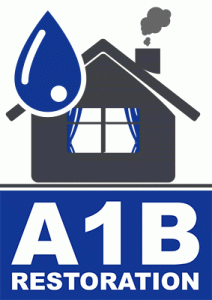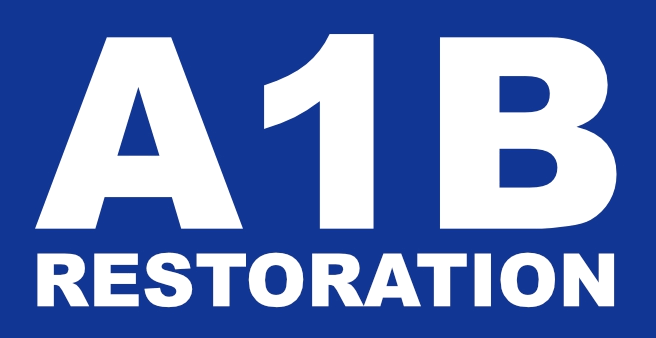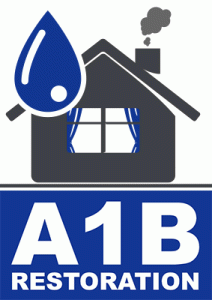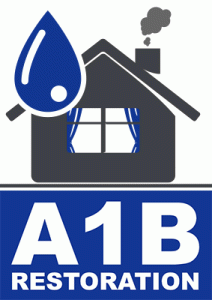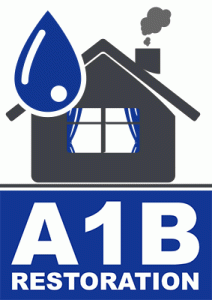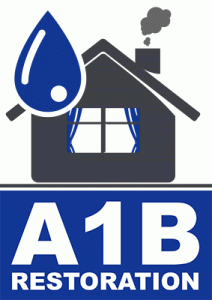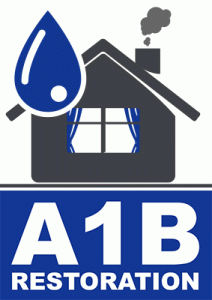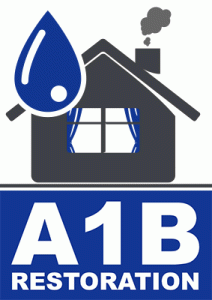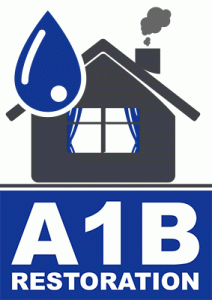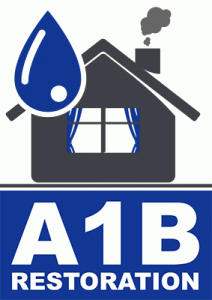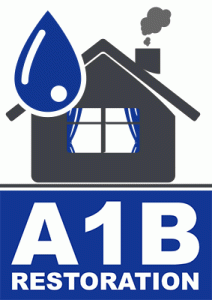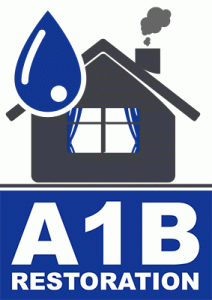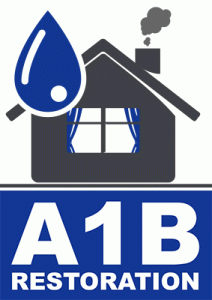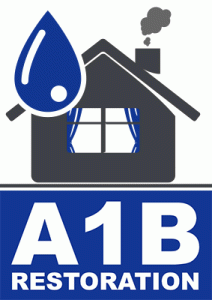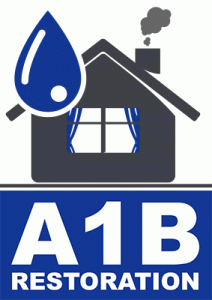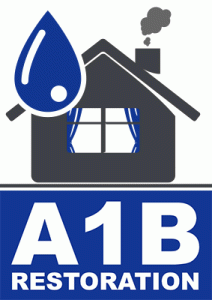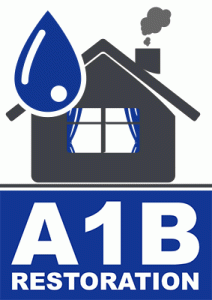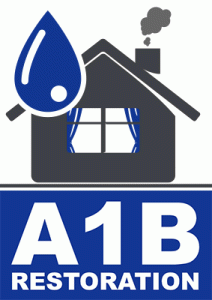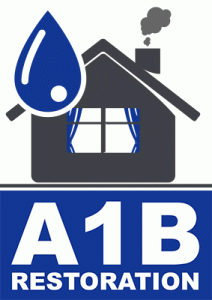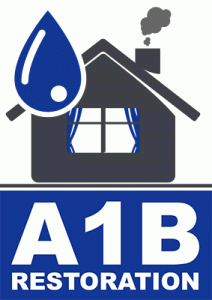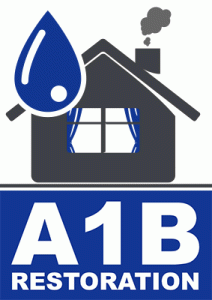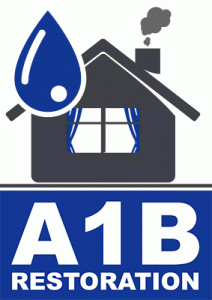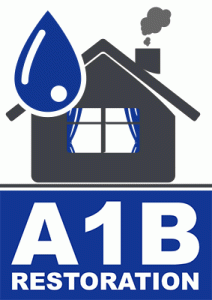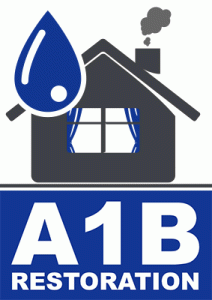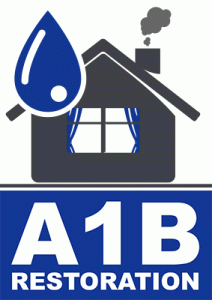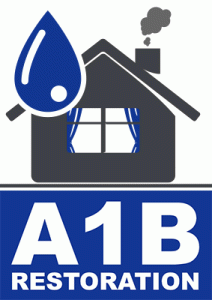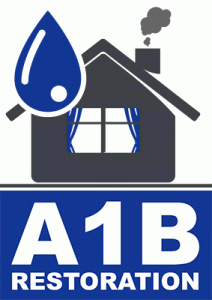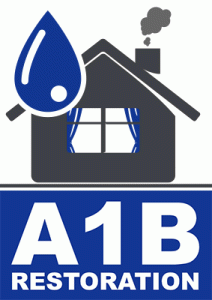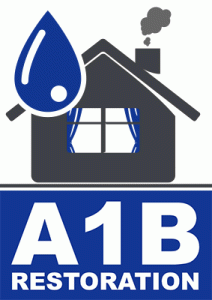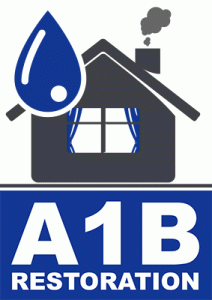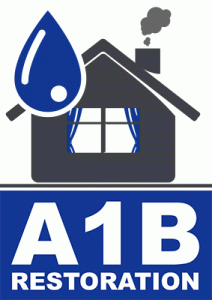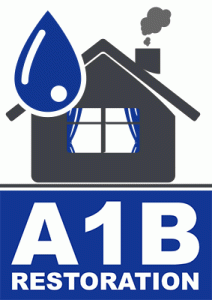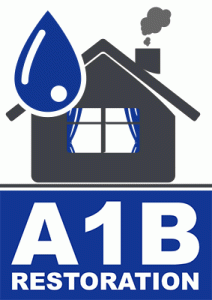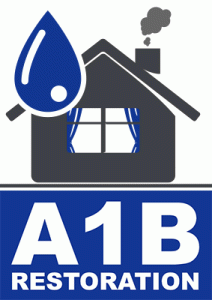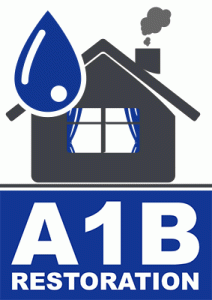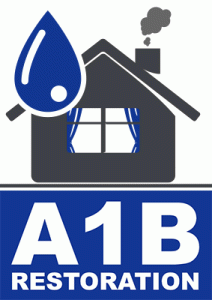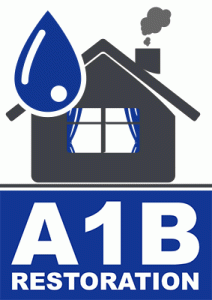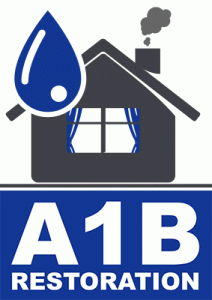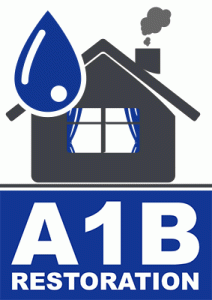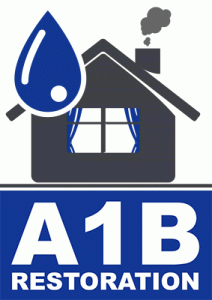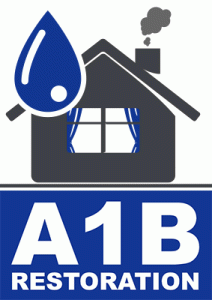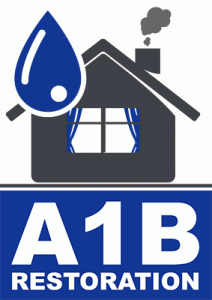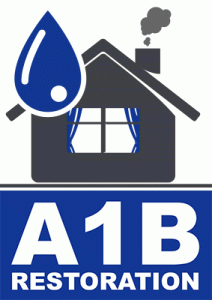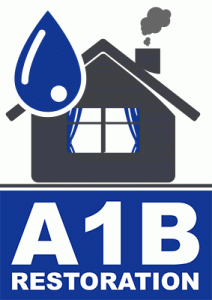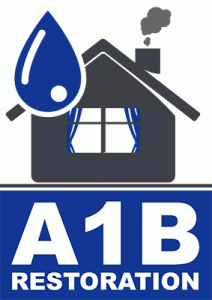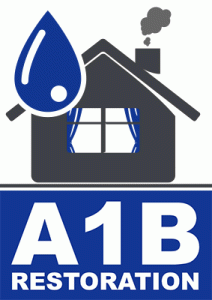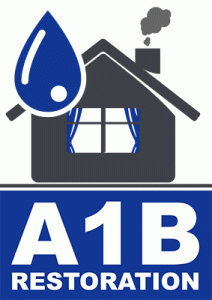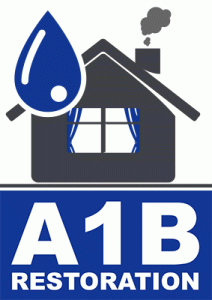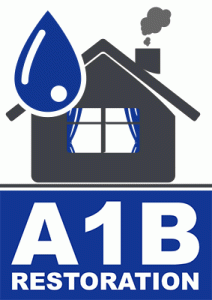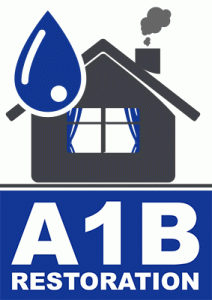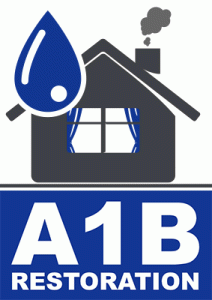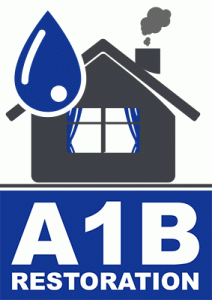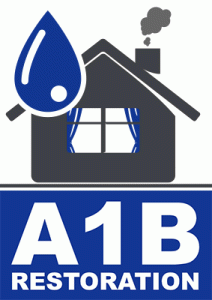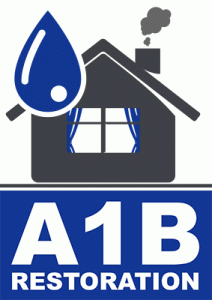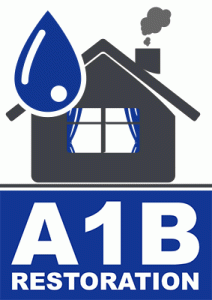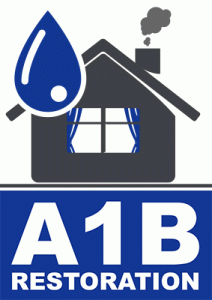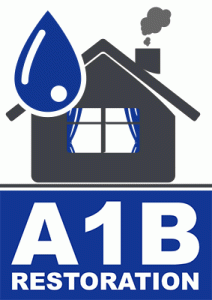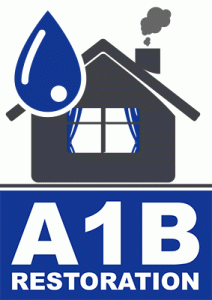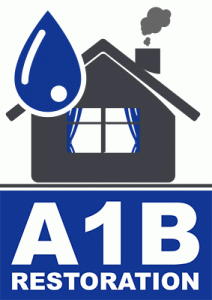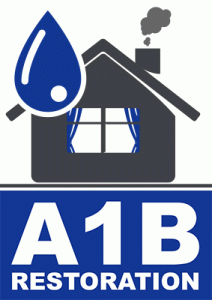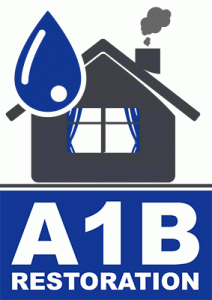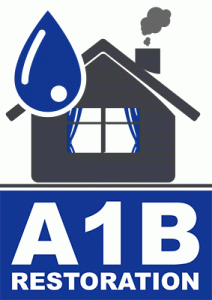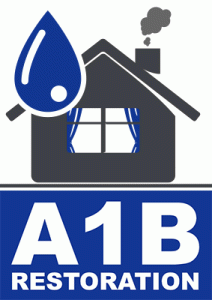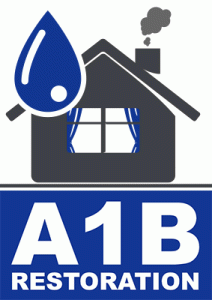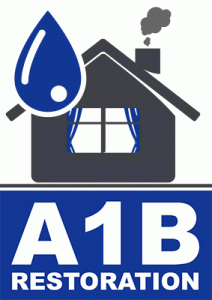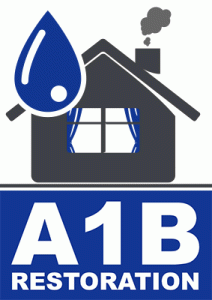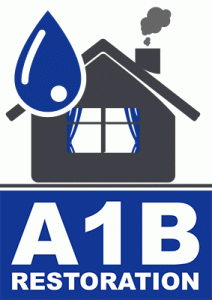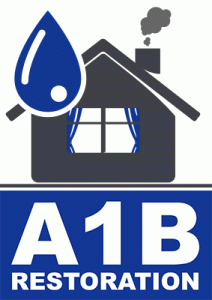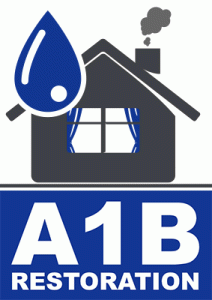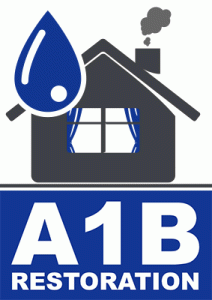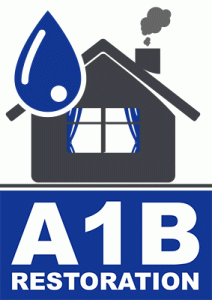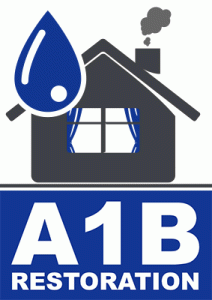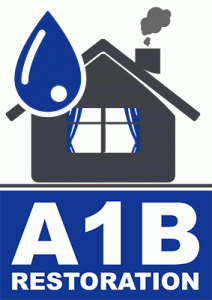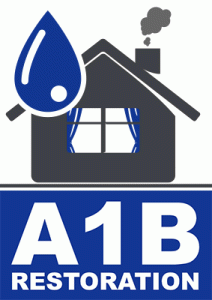Water Damage Restoration and Green Solutions
Water damage is a common issue that homeowners face, often leading to significant repairs and restoration costs. Traditional restoration methods can be effective but may have a negative impact on the environment. As the world becomes more environmentally conscious, integrating green solutions in water damage restoration is gaining traction. This blog post explores the importance of sustainable practices in water damage restoration, offering actionable tips and highlighting innovative solutions that benefit both homeowners and the planet.
The Importance of Water Damage Restoration
Water damage can occur due to various reasons, including natural disasters, plumbing failures, roof leaks, and sewage backups. According to the Insurance Information Institute, water damage is one of the most common home insurance claims, accounting for nearly 29% of all homeowner insurance claims in the U.S. The consequences of water damage can be severe, ranging from structural damage to mold growth, which poses health risks and leads to costly repairs.
Traditional Restoration Methods and Their Environmental Impact
Conventional water damage restoration methods often involve the use of harsh chemicals, significant energy consumption, and substantial waste generation. These practices can contribute to air and water pollution, affecting local ecosystems and human health. As awareness of environmental issues grows, there is an increasing demand for sustainable restoration practices that minimize ecological footprints.
Embracing Green Solutions in Water Damage Restoration
Use of Eco-Friendly Cleaning Products
One of the simplest ways to incorporate green practices in restoration is by using eco-friendly cleaning products. These products are free from harmful chemicals and toxins, reducing the risk of pollution and health hazards. Look for biodegradable and plant-based cleaning solutions that are just as effective as their traditional counterparts.
Energy-Efficient Equipment
Another important aspect of green restoration is the use of energy-efficient equipment. Opt for high-efficiency dehumidifiers, air movers, and water extraction machines that consume less energy while maintaining performance. This not only reduces carbon emissions but also lowers operational costs.
Sustainable Water Extraction Techniques
Innovative water extraction techniques can significantly reduce waste and resource consumption. For example, recycling and reusing water extracted from damaged areas for non-potable purposes can conserve water resources. Additionally, employing low-impact water removal tools minimizes disruption to the environment.
Mold Remediation with Natural Ingredients
Mold growth is a common aftermath of water damage. Instead of resorting to harsh chemicals, consider using natural ingredients like vinegar, baking soda, and tea tree oil for mold remediation. These natural solutions are effective and safe for both the environment and the inhabitants.
Recycling and Reusing Materials
During the restoration process, significant amounts of debris and materials can end up in landfills. Implementing recycling and reusing strategies can mitigate this impact. For instance, salvaging and repurposing building materials, furniture, and fixtures can reduce waste and conserve resources.
Case Studies: Successful Green Restoration Projects
Several restoration companies have embraced green solutions with great success. For example, a restoration firm in California implemented solar-powered drying equipment, reducing their energy consumption by 30%. Another company in Florida focused on using locally sourced and recycled materials for repairs, significantly cutting down their carbon footprint.
Actionable Tips for Homeowners
Homeowners can play an essential role in promoting sustainable restoration practices. Here are some actionable tips:
- Conduct regular maintenance checks to prevent water damage.
- Invest in rainwater harvesting systems to mitigate flood risks.
- Opt for green restoration services when hiring professionals.
- Educate yourself about eco-friendly products and practices.
- Consider installing smart home technology to detect leaks early.
Conclusion
Water damage restoration is a critical service that ensures the safety and integrity of homes. By integrating green solutions, we can protect the environment while effectively addressing water damage issues. As technology advances and awareness grows, sustainable practices in water damage restoration will become increasingly accessible and practical. Homeowners and restoration professionals alike have the opportunity to contribute to a healthier planet by embracing these innovative and eco-friendly approaches.
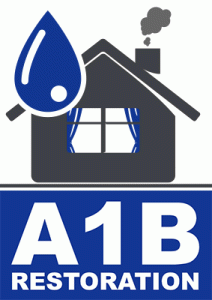
Rowlett TX water damage restoration companies near me

water restoration company North Richland Hills Texas
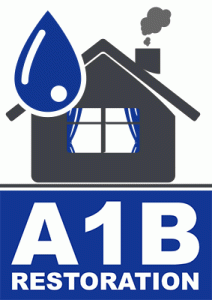
water removal services near me Highland Park Texas

Flower Mound Texas water damage restoration service near me
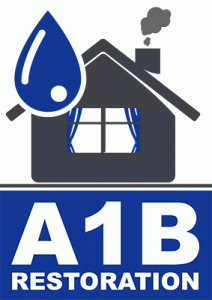
water damage restoration services near me Preston Hollow Dallas Texas

Haltom City Texas water extraction company near me

Highland Park Texas disaster restoration companies

water damage restoration services near me Mesquite Texas

North Richland Hills Texas water extraction company near me
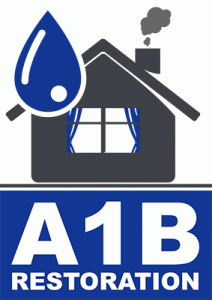
North Richland Hills TX home water damage restoration
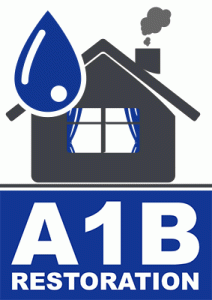
water mitigation company near me Lewisville Texas
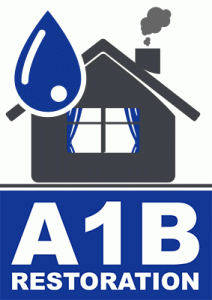
water damage restoration services near me Haltom City Texas

Lake Dallas Texas water extraction company near me
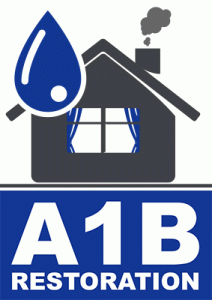
Colleyville Texas water damage restoration near me
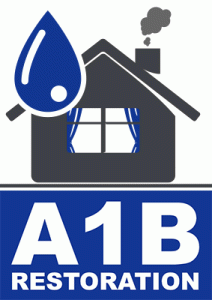
Colleyville Texas water damage restoration service near me

Preston Hollow Dallas Texas disaster restoration companies

Preston Hollow Dallas Texas water remediation company

Haltom City Texas restoration water damage companies
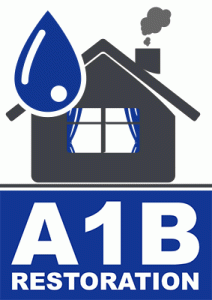
Lake Highlands Dallas Texas water remediation company
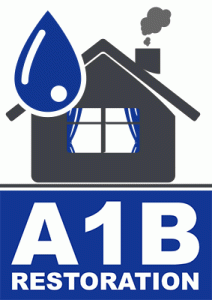
Frisco Texas water damage restoration service near me
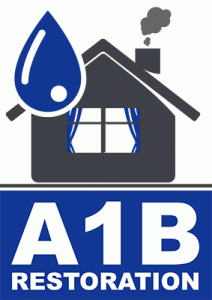
Lake Highlands Dallas Texas water damage restoration service near me

Royse City Texas restoration water damage companies
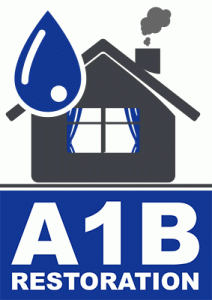
McKinney Texas restoration water damage companies

Keller Texas water damage restoration service near me

North Richland Hills TX water damage restoration
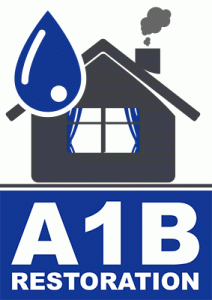
Flower Mound TX water damage restoration companies near me
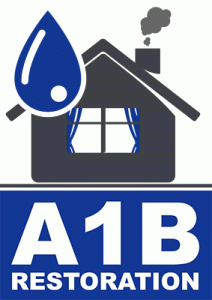
Euless TX water damage restoration companies near me

North Richland Hills TX home water damage restoration
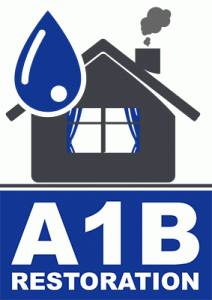
emergency water damage restoration Haltom City Texas

water restoration companies near me Carrollton Texas
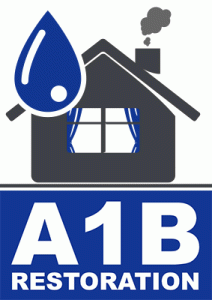
restoration company water damage Royse City Texas
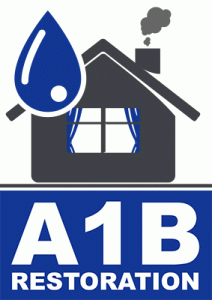
best water damage restoration near me Cedar Hill Texas
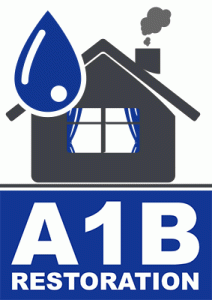
restoration company water damage Little Elm Texas
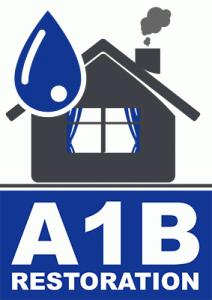
water damage and restoration companies Lucas Texas

best water damage restoration near me Richardson Texas
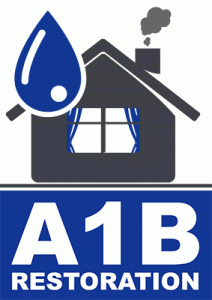
water damage restoration services near me Wylie Texas
